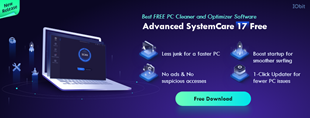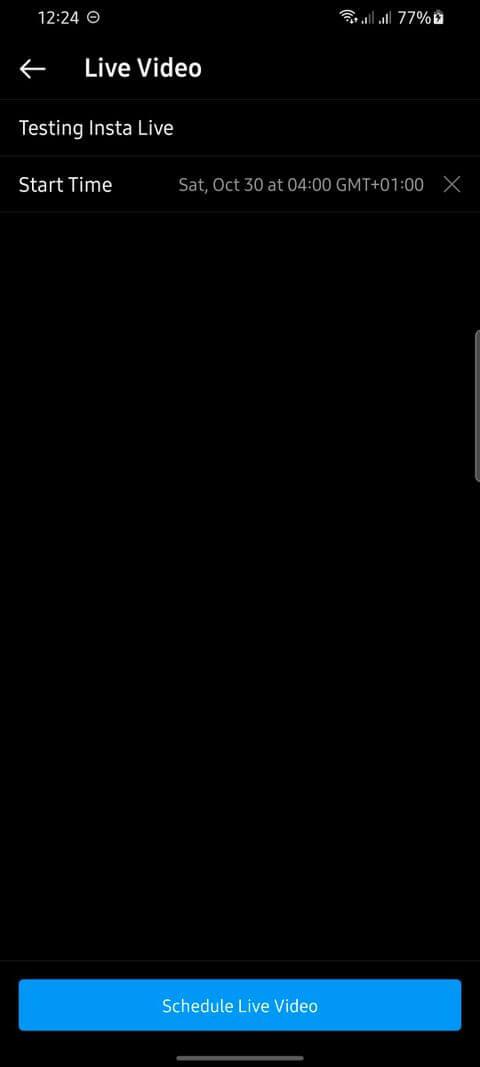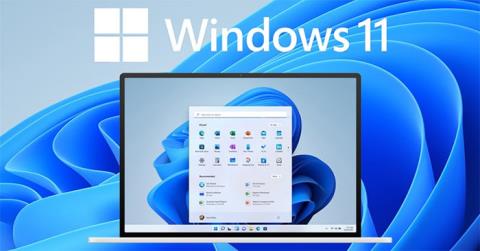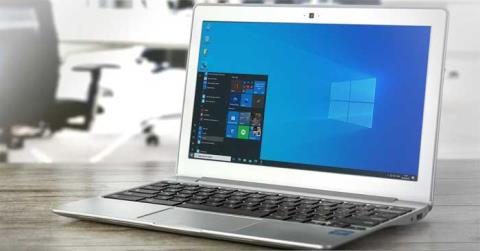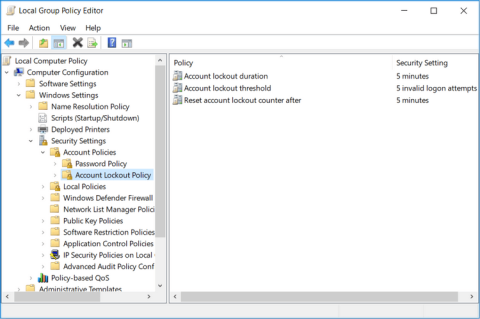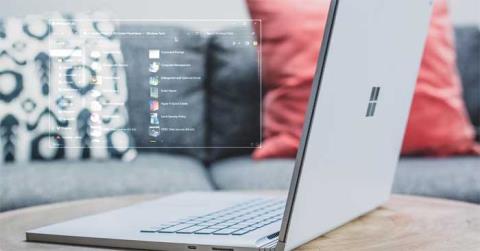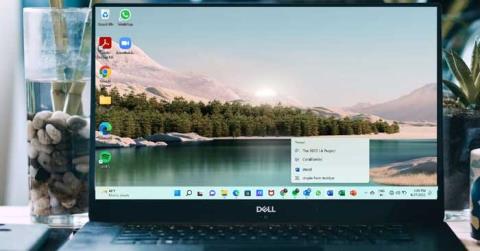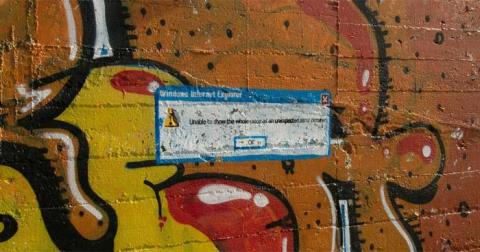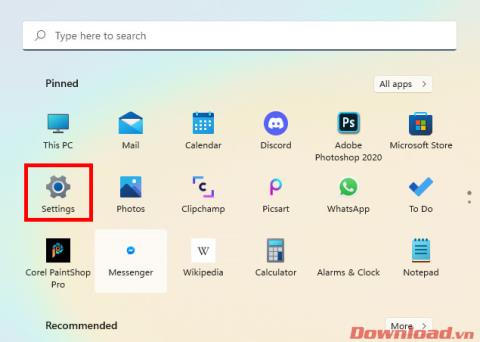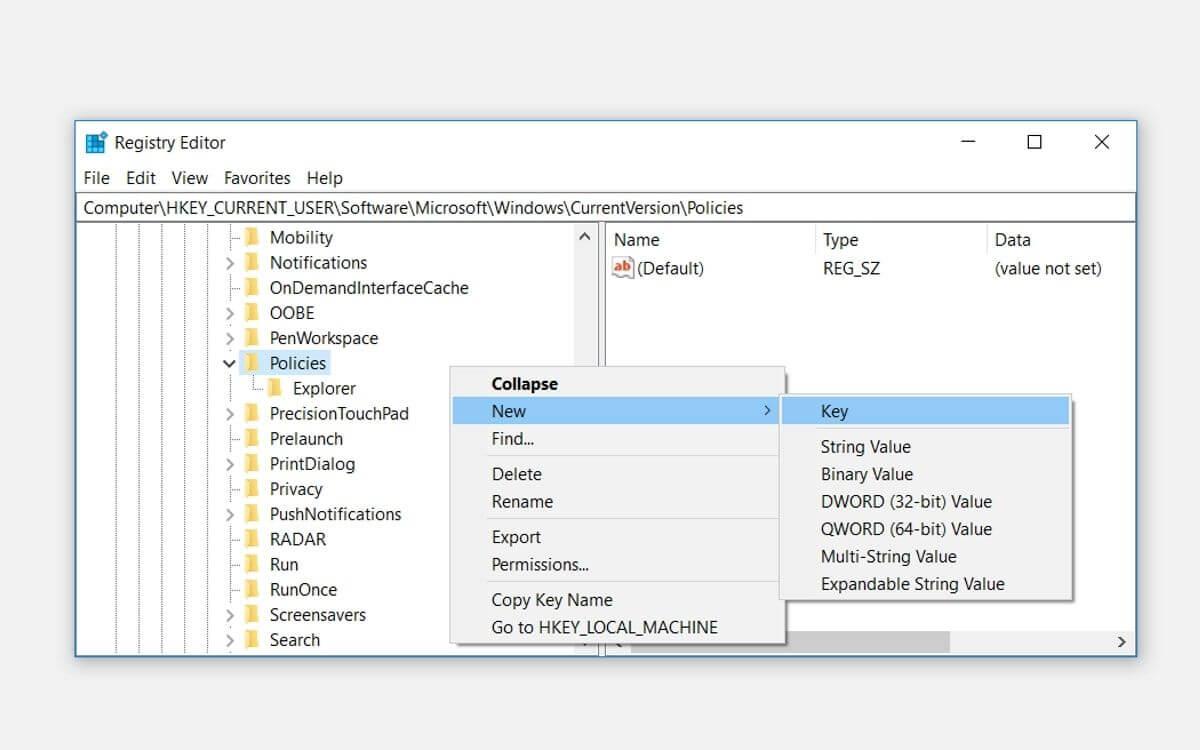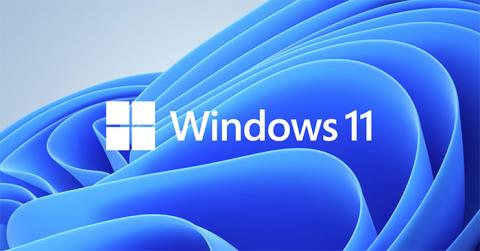How to Copy Partition to Another Drive in Windows 11/10/8/7
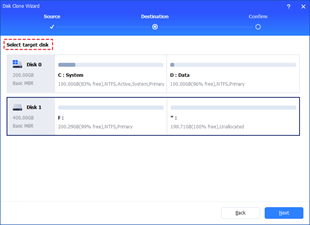
In Windows 11, 10, 8, and 7, you can quickly copy a partition to a different drive using the flexible disk cloning tool AOMEI Partition Assistant.
Everyone knows that you can use Google Chrome to browse websites. But like any browser, you can also use it to browse folders and files on your local device, just like Windows Explorer in Windows and Finder in macOS. Chrome has a full-featured navigation system that lets you explore all the storage devices connected to your computer, tablet, or smartphone—it will even open simple text and image files directly from the browser without any extensions. Here are three ways to use a browser to explore your files.
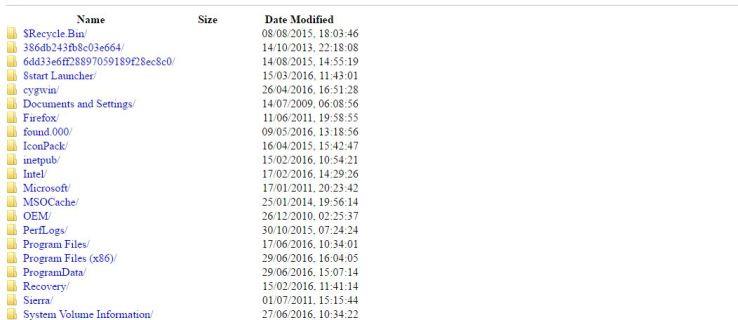
Method #1: Drag and Drop
To open a file, drag and drop it from its folder into Chrome. Wait until you see a plus sign before releasing the file.
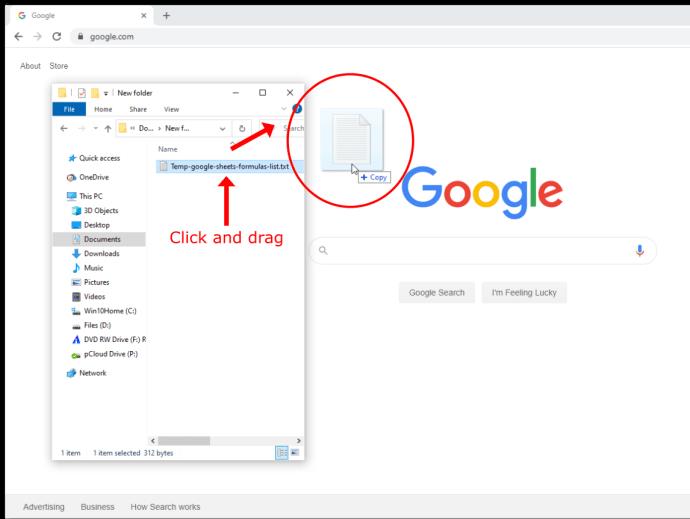
Method #2: Use the “Open” Function
While in the browser, press Ctrl+O in Windows (Cmd+O on Mac) as in “Open” and double-click the appropriate file.
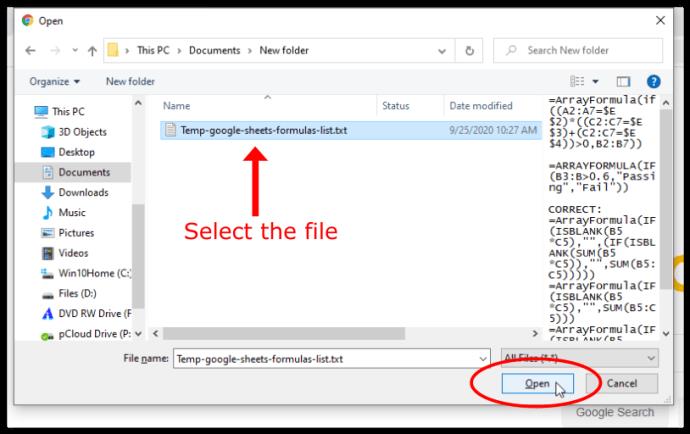
Method #3: Use the Address Bar
Type “file:///c:/” without quotes in the address bar and press Enter. Replace “c:” with the letter of the drive you want to explore. This step will open a window called ‘Index of C:\,’ which is an index of all computer files found on your C drive. From there, you can browse through the folders, much like using File Explorer in Windows or Finder in macOS.
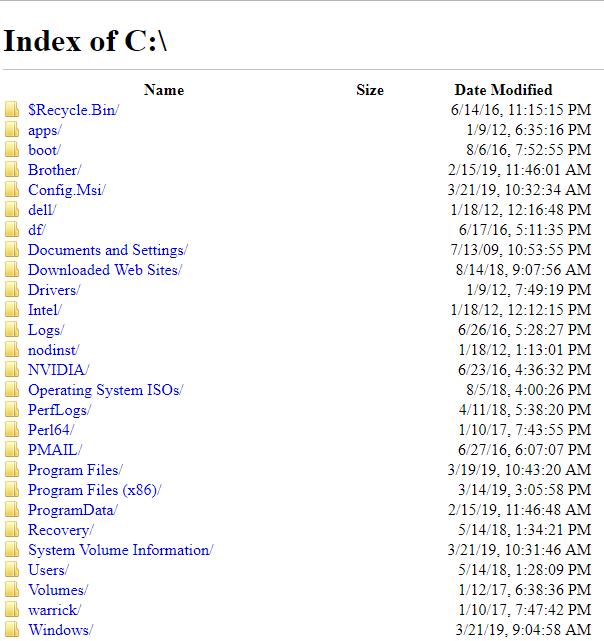
Using Chrome’s file browser above, you can open simple text files, PDFs, and images. Click a file in one of the compatible formats to open it, and it will appear in a new tab. If you click a file that Chrome doesn’t know how to open, it will save it to your designated Downloads directory instead.
Method 4: Use a Third-Party Chrome Add-On
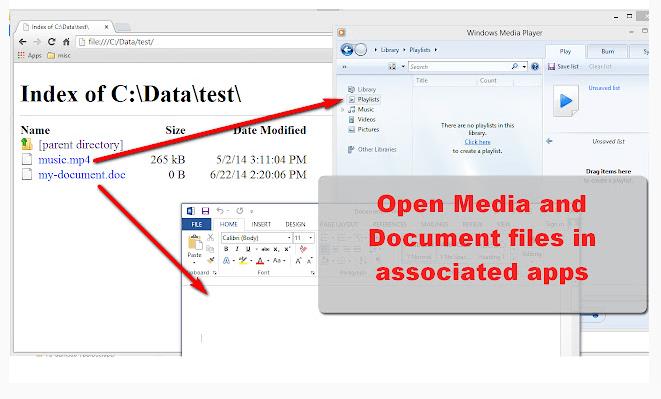
Chrome can open simple files, but that doesn’t include videos or music, to name just a couple. Local Explorer is a Chrome extension that enables you to open any file you want on your computer using its default software package.
How to Install Local Explorer Add-On for Chrome
Adding Local Explorer to Chrome is a two-part process. You need the add-on in Chrome, and you need an integration module to run the default programs for the files.
Step 1: Install Local Explorer Extension
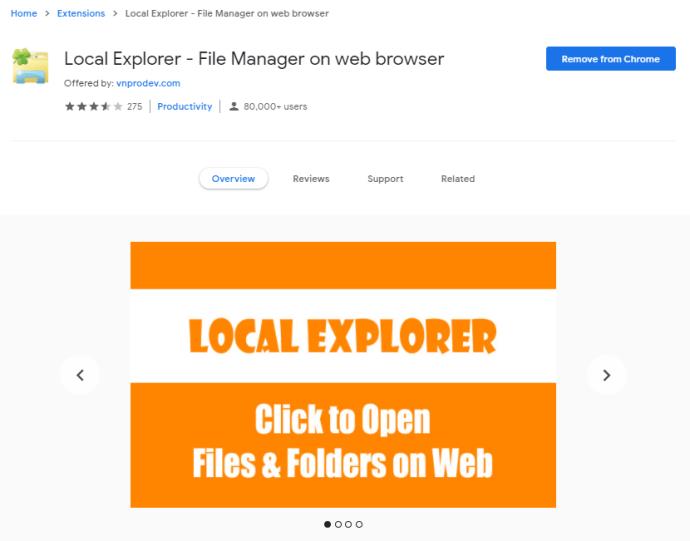
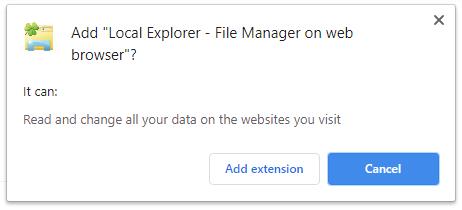
Step 2: Install Local Explorer Integration Module
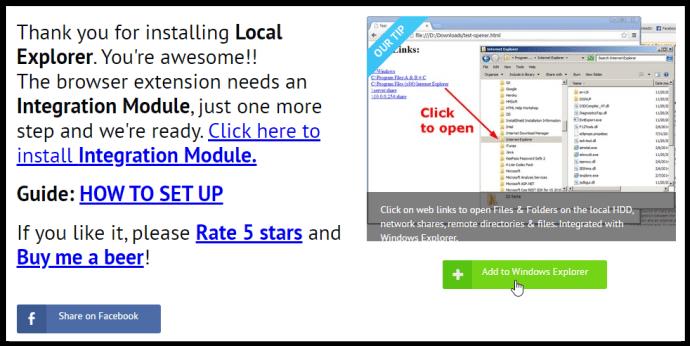
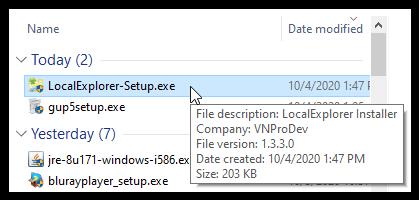
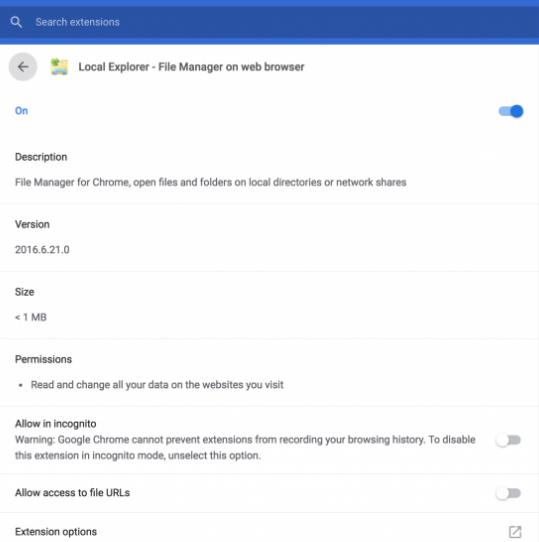
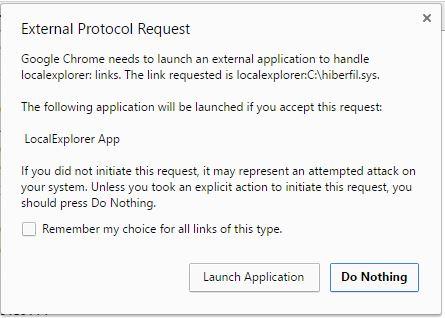
Take note that this extension does not work on Chromebooks or Linux operating systems. Also, the reason this feature never gets built into Chrome is due to security policies. Be careful when opening files if you are not sure of their origination, and proceed at your own risk.
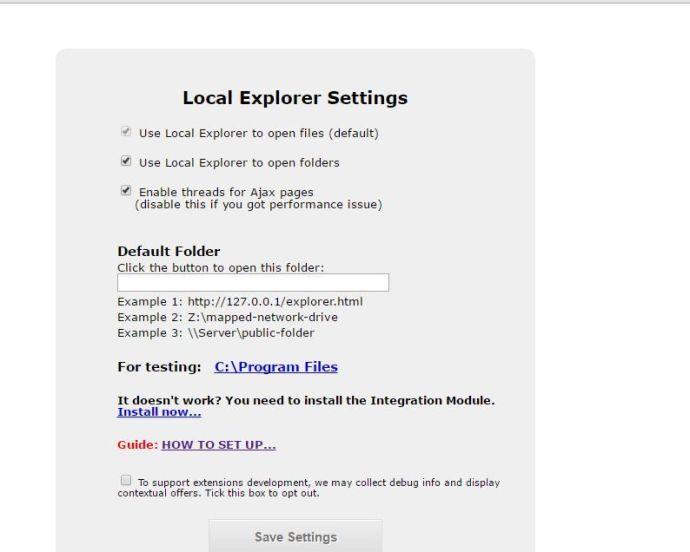
In closing, Chrome includes many features that users often don’t know exist, such as changing Chrome’s perceived location. In any case, the two options in this article (built-in and external Chrome file browsers) are handy when you’re already using the browser and don’t want to open another window on your PC or if your system’s file explorer is in a funk.
In Windows 11, 10, 8, and 7, you can quickly copy a partition to a different drive using the flexible disk cloning tool AOMEI Partition Assistant.
Driver Booster 12 Free is an effective tool that will keep your computers drivers up to date, which will make the system run faster and more reliably. This driver updater from IObit keeps your PC running at its best by checking for lost, out-of-date, or broken drivers immediately.
In an era where digital efficiency is paramount, Advanced SystemCare 17 Free emerges as a beacon for those seeking to enhance their PC's performance.
Summary of Movies & TV application shortcuts on Windows 10, Summary of Movies & TV application shortcuts on Windows 10 to bring you a great experience. Maybe
How to fix Messages Failed to Load error on Discord for Windows, Discord isn't fun if you can't read what other people write. Here's how to fix Messages error
How to display the This PC icon on the Windows 11 desktop, During the process of using Windows 11, many users need to access This PC (management).
How to find information in the Windows Registry quickly, Do you find it difficult to find information in the Windows Registry? So below are quick ways to find the registry
How to limit the number of failed login attempts on Windows 10. Limiting the number of failed password login attempts on Windows 10 helps increase computer security. Here's how
How to create fake error messages in Windows, Windows can come up with some pretty creative error messages but why don't you try creating your own content for them to make fun of?
Ways to open Windows Tools in Windows 11, Windows Administrative Tools or Windows Tools are still useful on Windows 11. Here's how to find Windows Tools in Windows 11.
How to fix Windows Quick Assist not working error, Windows Quick Assist helps you connect to a remote PC easily. However, sometimes it also generates errors. But,
How to pin Word, Excel and PowerPoint files to the corresponding app icon on the Windows 11 taskbar, How to pin Office files to the taskbar icon on Windows 11? Invite
How to fix the error of not being able to install software on Windows, Why can't you install apps or software on Windows 10/11? Here's everything you need to know about how to fix it
Instructions for deleting or changing the PIN code on Windows 11, In Windows 11, the PIN code is a very useful and convenient security tool for users. However some people
How to fix There Are Currently No Power Options Available error in Windows 10, Can't select power mode in Windows 10, what should I do? Here's how to fix the error
The simplest way to fix Photos app errors on Windows 10, what should I do if Microsoft Photos doesn't work? Don't worry about ways to fix Photos app errors on Windows
Instructions for installing shortcuts to switch input languages on Windows 11. During the process of using Windows, users will often have to switch between methods.
How to check power status is supported on Windows 11, Windows 11 can handle many different power states. Here's how to check the power status
How to switch from 2.4GHz to 5GHz in Windows 10, If you want to find a quick and simple way to speed up the Internet, changing the WiFi band from 2.4GHz to 5GHz may help.
How to fix Not Enough Memory to Run Microsoft Excel error on Windows, Are you having an error of not enough memory to run Microsoft Excel? So, how to fix Not Enough Memory error

